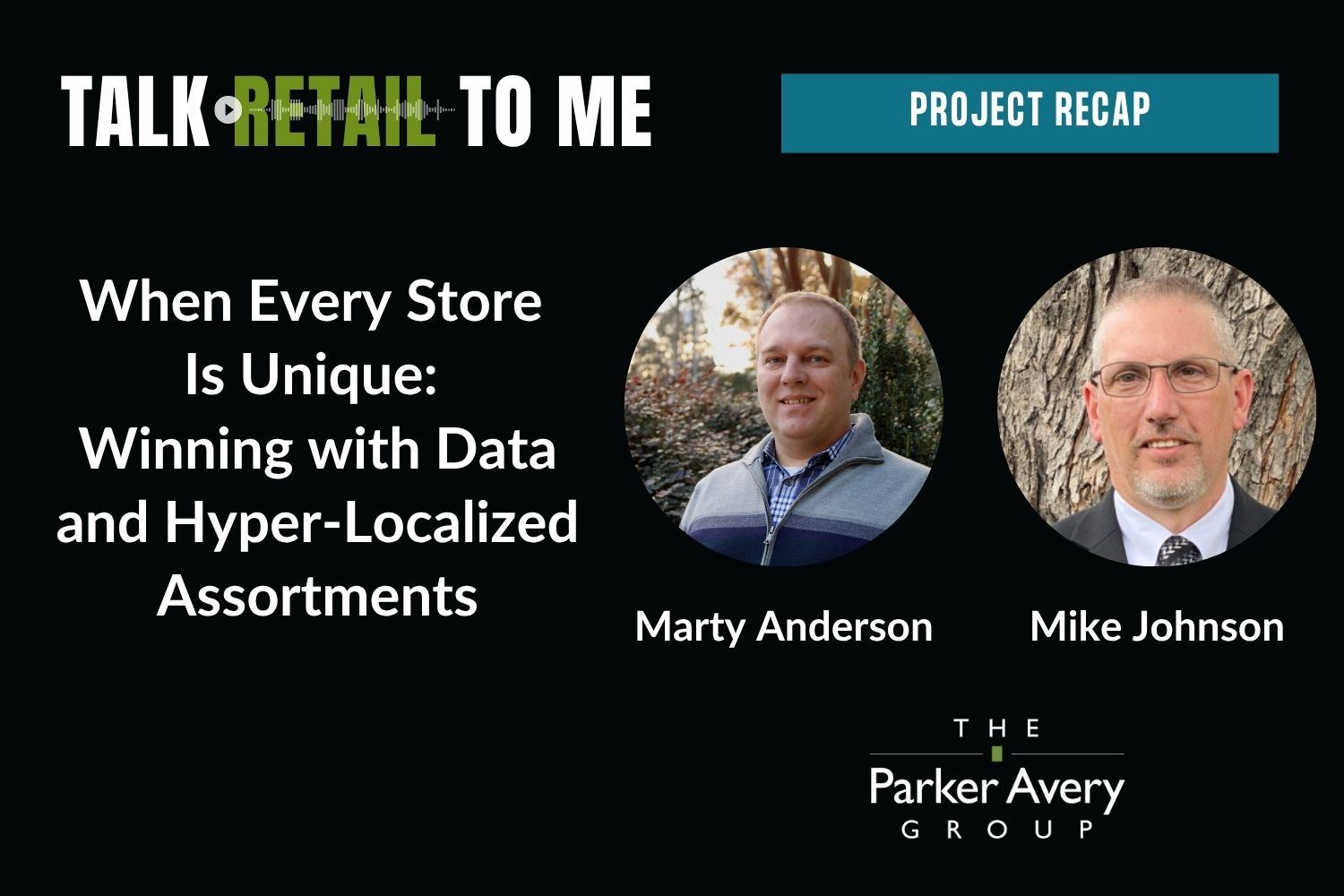The Expert Guide to Retail Clustering Methods
Strengthen your assortment planning capabilities by understanding retail clustering methods, processes, and supporting technology.
Retail clustering has increasingly gained momentum within retail executive suites and merchandising technology vendors’ future development plans. With the wider interest and use of advanced analytics, artificial intelligence (AI), and machine learning (ML) – as well as more robust tools for supporting these capabilities and increasingly demanding customers – wider attention to retail clustering for assortment planning is inevitable.
Effective clustering provides the ability to unleash the true potential of assortment planning capabilities. Clustering enables significant financial benefits in terms of sales, margin, and inventory utilization. Further, properly executed retail clustering allows for improved customer satisfaction due to improving retailers’ ability to provide the “right” mix of products for customers, across locations and channels.
Despite lots of conversation, we hear very little discussion about the various retail clustering methods that lie at the heart of most assortment planning approaches. Parker Avery would like to help remedy that situation by examining the various clustering methodologies that we’ve encountered through working with a variety of retailers, with the aim of providing some insight into which technique or combination of techniques makes the most sense for your business model.
In this expert guide, The Parker Avery Group discusses how retail clustering for assortment planning is an intricate undertaking with a variety of approaches and elements to consider. Granted, there are simple, straightforward retail clustering methods, but these tend to have significant shortcomings, and typically fail to create assortments that drive meaningful results. Conversely, more sophisticated approaches usually require skilled resources, solid data integrity, and appropriate supporting systems to take advantage of the potential these methods can deliver.
We will explore ten different retail clustering methods in depth and highlight the advantages and disadvantages, as well as under which circumstances each should be used. This understanding, coupled with clearly defined assortment planning objectives and capabilities, will help retailers understand which clustering approaches are most appropriate to employ.
Get The Expert Guide to Retail Clustering Methods
You may also like






